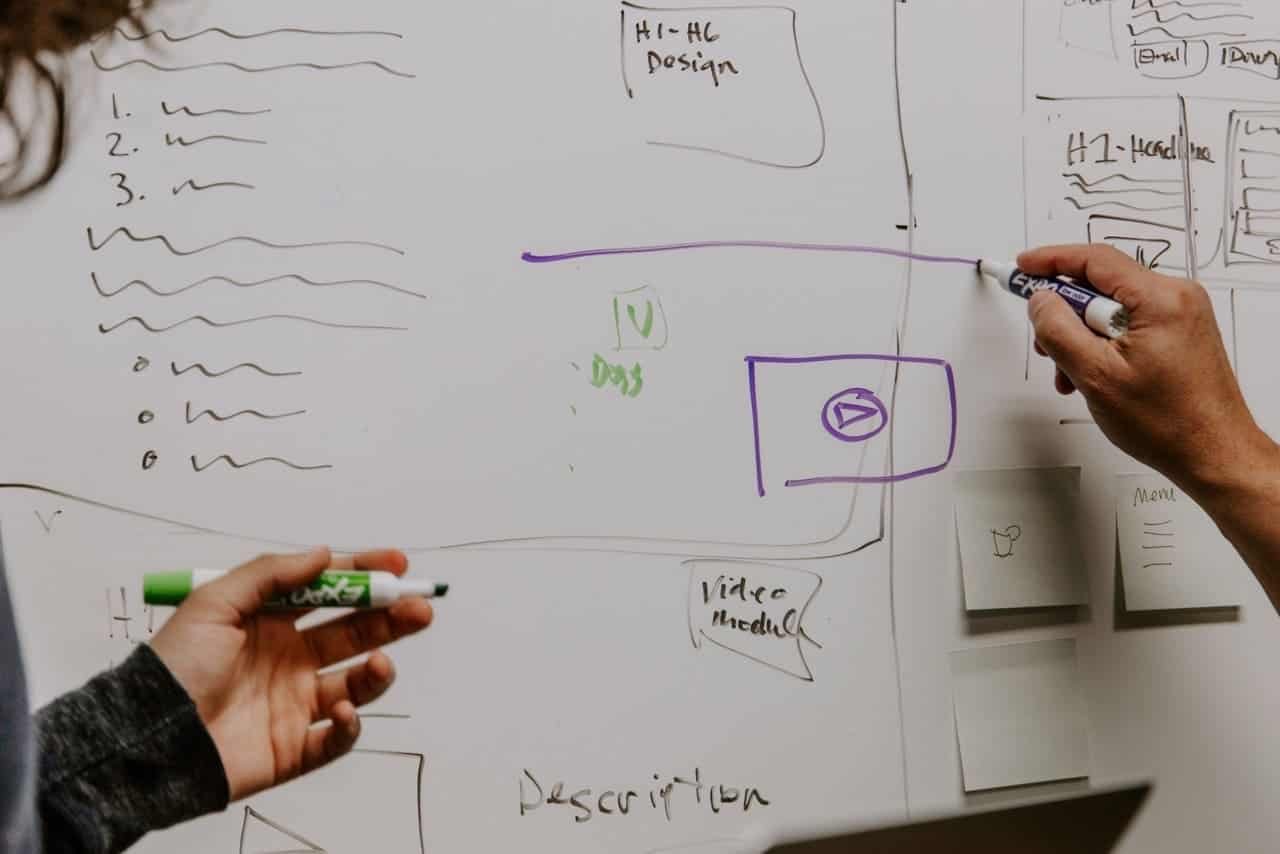How good ideas get lost in the mix
Innovation. A buzz word of modern times. Hardly a day goes by without it catching a headline somewhere and in a world where less of us work in the production of ‘physical products’, its importance is increasing.
However, despite it taking the limelight recently, humans have innovated for years; you only have to take a look at improvements in living standards in many parts of the world over the past centuries to see evidence of that.
But where does innovation start and why do so many good ideas never make it through to see the light of day?
Where innovation begins
All innovation starts with an idea and a creative vision of how that idea will become an end product, or ‘thing’ that will lead to an improvement in how we work, study or live our lives.
In a way, ideas are like seeds. We plant seeds in the ground and nurture them with the vision of them growing to produce crops. Nurture them in the right way and you’ll hopefully get a good harvest. Neglect them and you may end up with nothing and the plant may wither and die along with the original seed, making it worthless.
Why the seed needs to remain with the idea
It’s important with any piece of innovation that the core of the idea (i.e. the seed itself) remains in tact all the way through its development. Otherwise the idea and its creative vision risks becoming lost and confused along the way.
Ultimately if the person with the idea and vision becomes disconnected from that idea’s development, then like removing a plant’s roots, potential for innovation can quickly die, because the original inspiration and impetus for its development is lost.
But surely others can simply pick up an idea and continue the creative process without the original idea creator – or can they?
Painting over the idea
A major challenge with innovation is what can be described as the ‘too many artists’ dilemma. Just as the seed needs to remain part of the plant in order to become healthy, the original idea creator also needs to help develop the idea in order for its full vision and potential to be achieved.
An idea’s development that is well mapped out from start to finish with a full storyline, is like a Monet painting, with every drop of paint having a defined and precise role and purpose (whether to add light and shade, texture or definition). The artist stays with the idea throughout to bring the final product to fruition – Monet never subcontracted his painting to someone from B&Q!
However, if too many people become involved in developing one idea, there is a risk that everyone starts to add more and more paint to the canvas, with the original idea and the vision of its development becoming completely lost. In turn, the Monet masterpiece risks becoming an opaque and incomprehensible mixture of paints, making no sense to anyone. Similarly, what could have been a great idea becomes quickly forgotten, simply because it has not been allowed to develop naturally with its creator.
Don’t get caught up in the rush to innovate
So, in our rush to innovate in the 21st century, there is a risk that we lose sight of the natural process that every innovative process must go through. The more that we ‘try’ to innovate, the less likely it is that we actually innovate in a way that has a lasting, positive and helpful effect on society, the work place and places of study.
However, if we treat innovation as part of human nature and nurture good ideas and their development in a natural and sustainable way without unnecessary interference or neglect, the more likely it is that we will help each other to improve life on this planet for one and all. After all, every idea is a seed, but how many seeds can we really afford to throw away?








